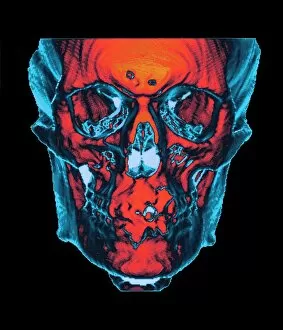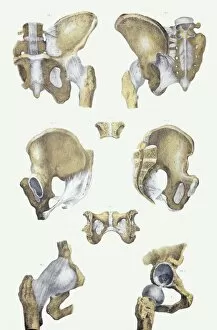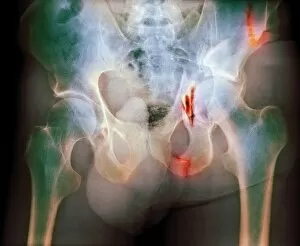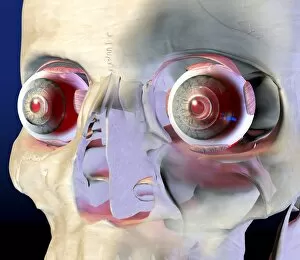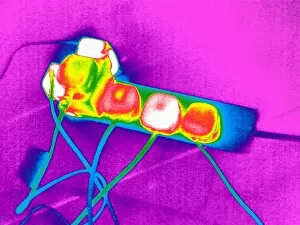Socket Collection (page 3)
"Exploring the Intricate Socket: Unveiling the Fascinating World of Skull Anatomy and Hip Replacements" Delving into the depths of human anatomy
For sale as Licensed Images
Choose your image, Select your licence and Download the media
"Exploring the Intricate Socket: Unveiling the Fascinating World of Skull Anatomy and Hip Replacements" Delving into the depths of human anatomy, Leonardo da Vinci's meticulous studies on skull anatomy continue to captivate us even today. His intricate sketches provide a glimpse into the complex network of sockets that house our vital organs. While they are commonly associated with joints like hips, did you know that they also play a crucial role in our skulls? The remarkable artistry behind hip replacements mirrors da Vinci's attention to detail, as surgeons meticulously recreate these essential sockets to restore mobility and alleviate pain. The human skull, an enigmatic symbol of mortality and mystery, showcases various socket structures. From the robust Neanderthal skull with its distinct features to modern-day humans' refined cranial architecture, each one bears witness to our evolutionary journey. A cutaway model of a face reveals not only the intricacies of facial muscles but also highlights how sockets accommodate sensory organs such as eyes and nose. These hollow spaces serve as protective shields for delicate structures while allowing them freedom for movement. Stepping back in time, we encounter ancient Egyptian skulls that offer glimpses into their civilization's beliefs surrounding life after death. The mummy of King Tabnit from around 500 BC provides an astonishing insight into ancient embalming practices and preservation techniques employed by Egyptians. Beyond anatomical marvels lies history intertwined with warfare – exemplified by artifacts like No 4 Mk II bayonet from World War Two. This weaponized socket demonstrates humanity's ability to repurpose objects for destructive purposes during times of conflict. Finally, Homo heidelbergensis' fossilized remains unearthed in Atapuerca, Spain present yet another intriguing example. Skull number 5 reveals insights about this extinct species' unique cranial structure and offers clues about their way of life thousands of years ago.


